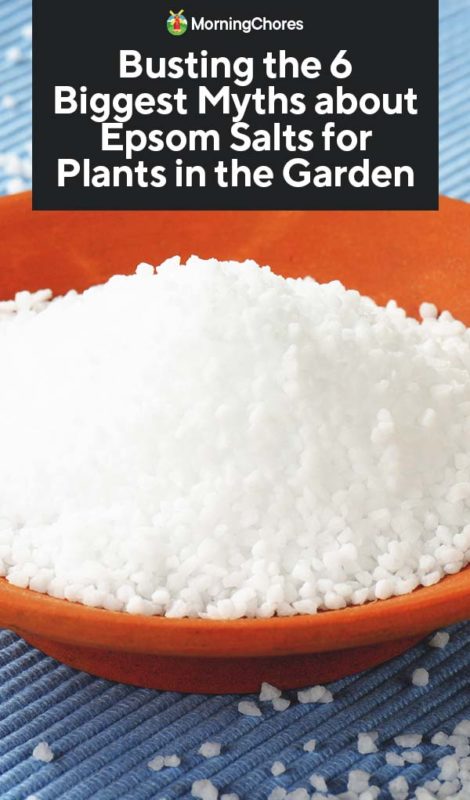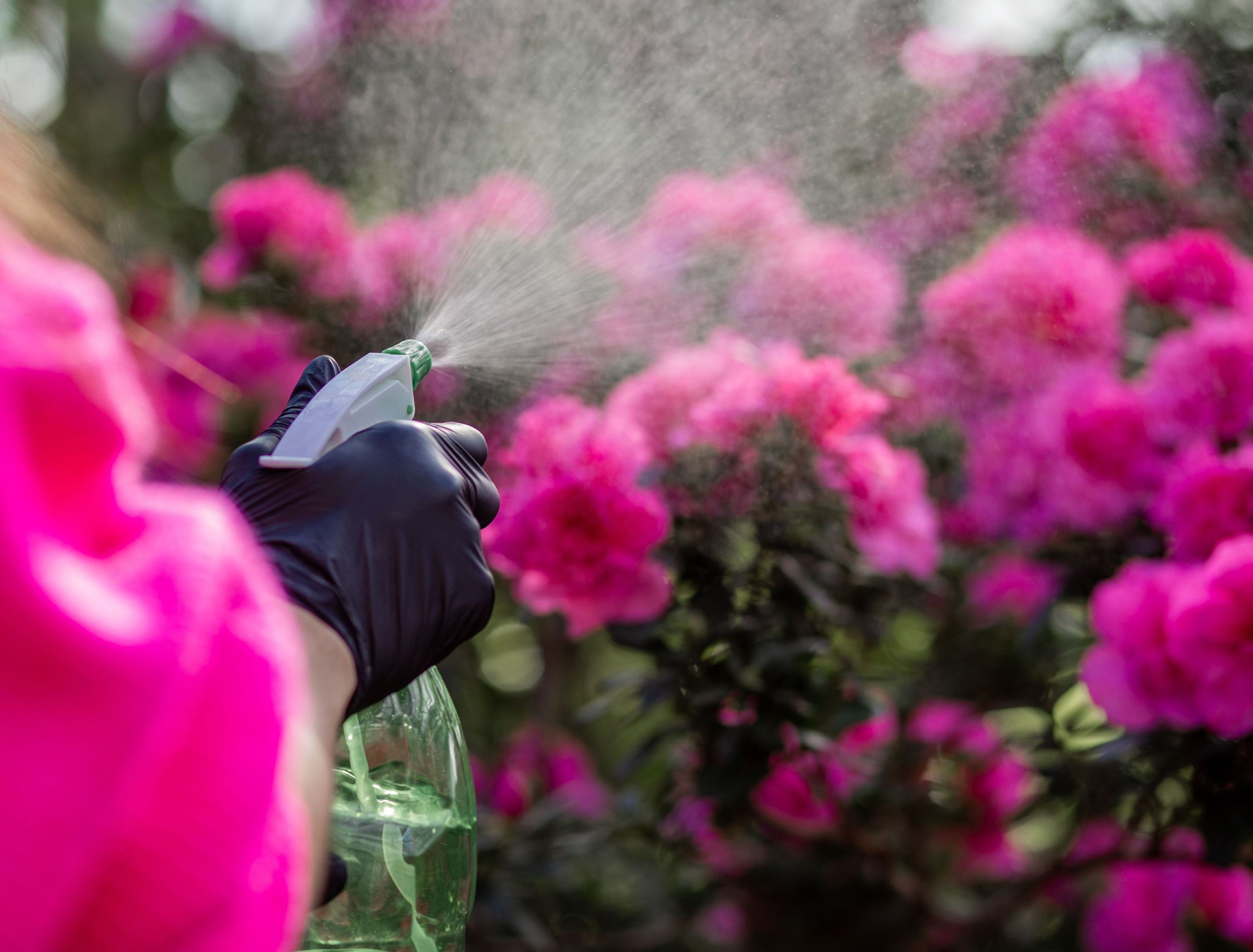Epsom Salt in Horticulture: What Plants Don't Like Epsom Salt and Exactly How to Readjust
Learn Concerning the Particular Plants That Are Adversely Affected by Epsom Salt Application
Epsom salt, a popular family solution for different horticulture troubles, is typically praised for its helpful results on plant development. Comprehending the particular plants that can be detrimentally impacted by Epsom salt is crucial for any type of garden enthusiast looking to optimize their plant treatment regimen.
Roses

Roses, specifically delicate to adjustments in their atmosphere, can be adversely affected by the application of Epsom salt. While Epsom salt is generally used as a plant food to promote plant growth and enhance flowering, roses are among the plants that do not react well to its application. The high magnesium web content in Epsom salt can interfere with the uptake of various other essential nutrients by the rose plants, bring about shortages that show up as yellowing fallen leaves or stunted growth.

Tomatoes
While Epsom salt is typically proclaimed as a treatment for different plant problems, consisting of bloom end rot in tomatoes, its application can lead to damaging end results if not used carefully. Too much Epsom salt, which is magnesium sulfate, can disrupt the delicate nutrient balance required by tomatoes, possibly leading to deficiencies in other essential nutrients like calcium. When thinking about the use of Epsom salt on tomatoes, it is crucial to adhere to advised application rates and dirt screening to stop unexpected effects on the total health and wellness and efficiency of these precious garden plants.
Peppers
Peppers, revered for their various colors and degrees of spiciness, can demonstrate vulnerability to unfavorable influences from Epsom salt when not used with care and factor to consider for their specific nutritional needs. what plants don't like epsom salt. Peppers, coming from the Solanaceae family, need a fragile balance of nutrients to flourish. While Epsom salt is known to enhance magnesium levels in plants, extreme application can interrupt this balance, causing damaging effects on pepper plants
When peppers are subjected to high degrees of magnesium from Epsom salt, it can disrupt the plant's ability to absorb other crucial nutrients like calcium and potassium. This inequality might materialize in signs and symptoms such as fallen leave discoloration, stunted development, and minimized fruit production. Furthermore, the extreme magnesium can alter the soil pH, more aggravating nutrient uptake concerns for peppers.

Rhododendrons
Given the sensitivity of specific plant types to inequalities caused by Epsom salt, it is necessary to consider the effect on Rhododendrons, which likewise require details nutrient levels to flourish. Rhododendrons are acid-loving plants that prefer acidic dirt problems with a pH variety between 4.5 and 6.0. Epsom salt, chemically referred to as magnesium sulfate, can modify the soil pH and interrupt the fragile equilibrium of nutrients essential for Rhododendron health.

To maintain the optimal development and health and wellness of Rhododendrons, it is crucial to avoid the indiscriminate use Epsom salt and instead focus on giving the details acidic dirt conditions and nutrients that these plants need for prospering.
Azaleas
These preferred blooming plants are typically located in parks, yards, and landscapes due to their elegance and flexibility. While Epsom salt is frequently utilized as a treatment for magnesium shortage in plants, its application to azaleas can have unfavorable results.
Azaleas favor slightly acidic dirt conditions, and an unwanted of magnesium from Epsom salt can disrupt this equilibrium, leading to nutrient discrepancies and possible toxicity concerns. The inaccurate application of Epsom salt can result in stunted growth, yellowing of fallen leaves, and general decline in the wellness of azaleas.
Verdict
In conclusion, it is essential to be aware of the details plants that can be detrimentally affected by the application of Epsom salt. Roses, tomatoes, rhododendrons, azaleas, and peppers are Recommended Reading some examples of plants that might not gain from Epsom salt and can even endure harm. It is crucial to research study and understand the demands of each plant species prior to utilizing Epsom salt as a plant food to ensure their health and wellness.
Comprehending the details plants that can be negatively impacted by Epsom salt is crucial for any garden enthusiast looking to optimize their plant treatment regimen. While Epsom salt is typically utilized as a fertilizer to advertise plant growth and boost flowering, roses are one of the plants that do not respond well to its application.Too much usage of Epsom salt can likewise result in an accumulation of salts in the soil, leading to root damages and dehydration of the rose plants. While Epsom salt is recognized to enhance magnesium levels in plants, excessive application can disrupt this balance, leading to damaging impacts Click This Link on pepper plants.
The high salt material in Epsom salt can additionally dehydrate Rhododendron roots, causing additional stress and damage to the plant. (what plants don't like epsom salt)